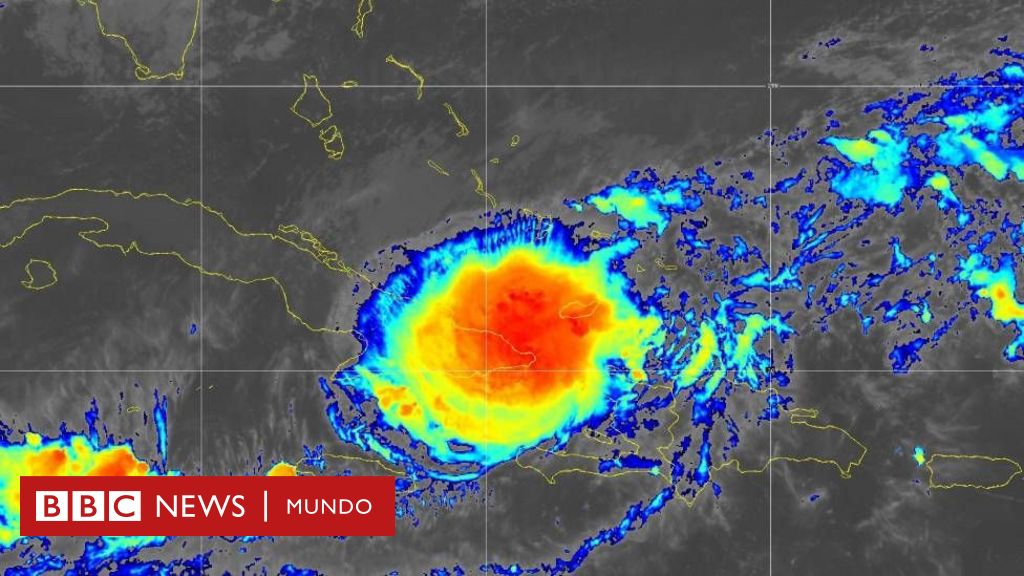What is the size of a gig, tera, and petabyte?

The capacity of volumes is expressed in GB, TB and even PB, so it is important to know how big each of them is.
Storage is one of the most important components of electronic devices such as game consoles, computers, and even smartphones, as not only the amount of multimedia content and documents that can be stored depends on it, but also the speed with which the system accesses and displays them to the user.
ROM and RAM are often confused because they are storage units, however They both have notable differenceswhich is the time when the elements are basically kept.
The capacity of ROMs, be it SSID or HDD, is expressed in gigabytes, terabytes, and even petabytes. Each one has a larger area than the previous one, but it is necessary to know in detail the size of each one. Despite this, it is necessary to start with the smallest unit of information.
What is little?

To understand the size of a giga, a tera and a petabyte, it is necessary to know what a thing is, because it is what constitutes everything
All volumes are designed to measure the storage capacity of a particular unit for processing data or information. however, Using these can be confusing Because, for example, using logic, 1GB is equivalent to 1000MB, but it is not, it is the equivalent of 1024MB because of the number system used to express these units.
Dealing with these volumes is essential to know how much RAM you need on your computer or mobile phone, for example. In the case of a few, it should be noted that this is an acronym for “binary number“, the meaning binary number for the binary number system. And therefore, A bit is represented by two values for that systemwhich are “0” and “1”.
The decision is considered to beminimum unit of information“ It is essential in the two-way communication of computers. Although these usually handle more than one bit to transfer or store data, which is why bits are grouped to form a byte.
Also, bits are counted as a whole, which means that bits can range from 8 bits, 16 bits up to 32 bits or more. And these They are typically used in computer CPUs or microprocessors of other devices. A clear example of this is the description of a 32-bit CPU which indicates its processing capacity as well as the size of the computer’s registers, but in bits. Therefore, 32-bit processors have 32-bit registers and a 32-bit ALU (Arithmetic Logical Unit), which allows them to process information in groups of equal-sized bits.
Are bytes and bits the same?

Byte and byte are closely related, but they are not the same.
Now that you know what bit means, it’s important to distinguish it from another commonly used term such as “Byte“. Byte is defined as the set of fixed bits Which generally includes 8 bits, although there are exceptions, while bits are the minimum unit of information.
All byte division operations are performed in a standard way from groups of 8 bits, which in turn are based on character encoding in “American Standard Code for Information Exchange”. But from a computer’s point of view, Bytes can be calculated in a simpler way Like the following:
- 1 byte equals 8 bits, so 1 kilobyte (kB) equals 1024 bytes.
In the same way, continue with The rest of the volumes are MegaBytes, GigaBytes, and TeraBytes and others.
What is the size of a gigabyte?
This standard volume is represented as gigabytes and is equal to 1024 megabytes. Gigabytes are widely used in the world of computing, the main purpose of which is to provide information on device storage capacitymultimedia file size and is even used in mobile phone plans to indicate the number of GB per month offered by the contract.
However, to understand the definition of GigaByte, one must know the composition of this unit of measure and the way it relates to other units. 1 gigabyte consists of 1 billion bytes. That, as already mentioned, the latter is grouped into 8 bits.
Most storage for home use is usually expressed in gigabytes and goes up to 128GB, 256GB, and 512GB. However, microSD handles lower numbers, which is why many users, today, are wondering, How many photos fit on a 32 and 64 GB memory cardbut this will depend entirely on the quality of these.
What is the size of a terabyte?
this volume Typically used to measure all data storage on a drivealthough other units such as GB or MB are usually used for individual files.
One terabyte (TB) is equal to 1,000 gigabytes or the equivalent of 1,000,000 megabytes (MB). To clarify the use of TeraBytes, it can be added that most of the users who are currently demanding in terms of using their computers, whether they are for content creation or YouTube, need volumes of several terabytes. This is because the videos and resources they will use are very heavy.
How big is a petabyte?
PetaBytes are the main unit of information in server cores, as well as in central units, since the data being processed is of a larger volume. these volumes equals 1024 times 1 terabyte.
The use of PetaBytes has been increasingly implemented due to the digitization of content and advances in technology. also, Its storage capacity is greaterso a 2.5-inch solid-state drive has the capacity to store about 15TB, which means that 68 SSD disks are used for 1Petabyte of data.

“Evil coffee nerd. Analyst. Incurable bacon practitioner. Total twitter fan. Typical food aficionado.”

:quality(70):focal(288x128:298x138)/cloudfront-us-east-1.images.arcpublishing.com/metroworldnews/4VWFN4IMGFGQTCCSYSVPIJDM4A.jpg)









